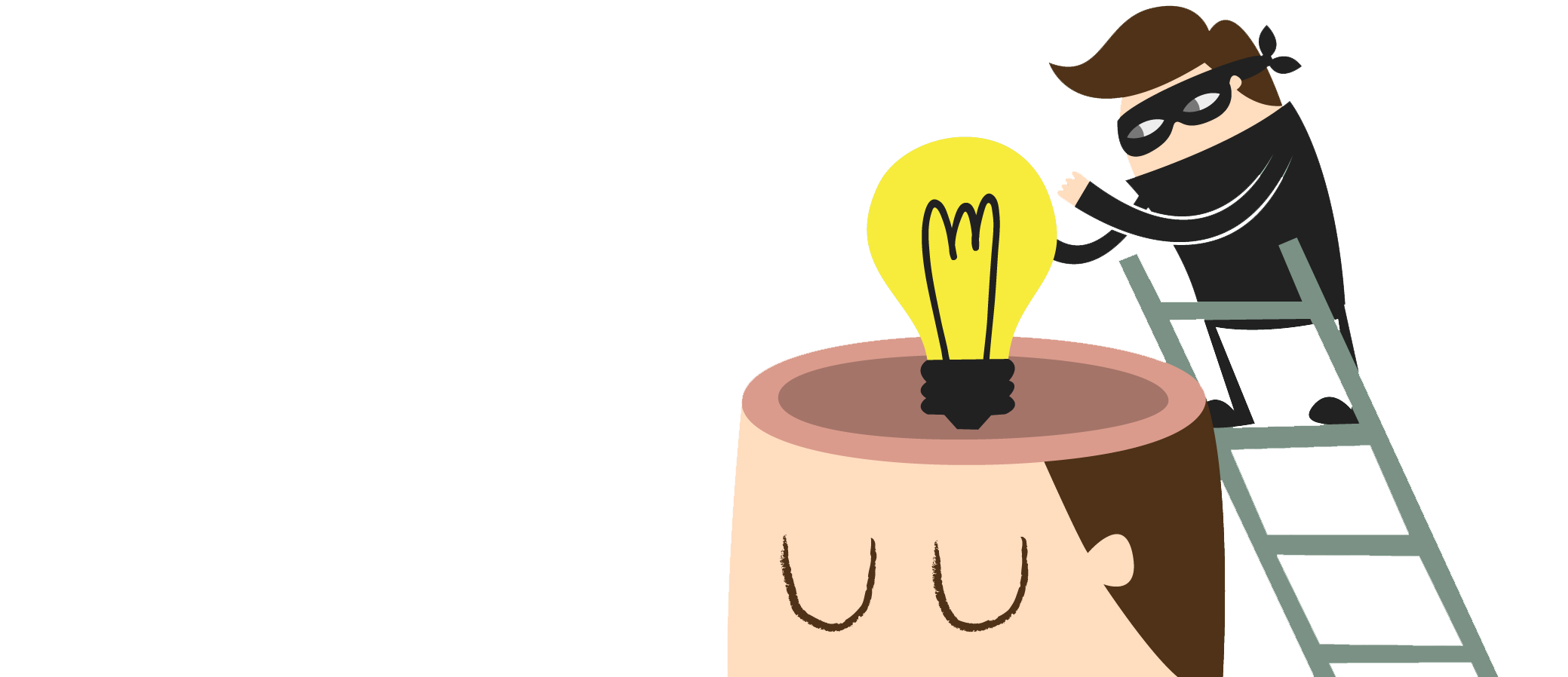Plagiarism is the act of taking someone else’s work as your own. Rather, it’s the knowing act of stealing other’s work without accreditation.
It’s used more and more frequently as the world moves towards a digital era. But how are they doing it? Well, it can be as simple as copy-pasting a line of something to copying a whole article word for word. The act of plagiarism as developed as technology did, but there have been solutions made to prevent that. Plagiarism is brought on about by multiple factors in a student’s life. In totality, plagiarism is an act of thievery and has lately been treated similarly to that felony.
How has it developed? Now that students have a more extensive access to articles, finding the “perfect solution” to their problems is at their fingertips. As the article, Cyber-Plagiarism and Statistics, states: ”66% of 16,000 students from 31 prestigious U.S. universities have cheated at least once, says 1991 Rutgers University study.” Notice, this was when the internet first was begun, and there were no systems in place to check if plagiarism was taking place. Of course, nowadays there are a plethora of systems in place to analyze the student’s work to commonly used websites. That’s not to say that system is perfect, but it keeps a lot of students from plagiarism when their chances of getting caught increase.
Plagiarism is not synonymous with laziness. There’s a multitude of factors that take place in the everyday student’s life, and they may just look for the easy way out. There is also the fact to consider that when a student finds a solution online, they see it as them completing their homework faster, not a crime. Students of every grade level, of every academic group, look for ways to lessen the stress they feel towards school. The student begins to dread homework and dread tests, so when a simple answer to their problem appears, they jump right to it. When a student has test upon test inbound, the inclination to cheat increases. Many students fear failure, so they look towards the right answer, although the right answer may be the right answer from a website. There’s a pressure for students to get good grades, whether it be from sports or parents. A report by Stanford states, “Pressure by parents and schools to achieve top scores has created stress levels among students — beginning as early as elementary school — that are so high that some educators regard it as a health epidemic, said Denise Clark Pope, a lecturer in the School of Education and the author of Doing School: How We Are Creating a Generation of Stressed Out, Materialistic and Miseducated Students.” The article continues that this may be the cause for the high levels of cheating. A student will feel pressured to do well, and they feel as though they have nowhere else to turn. Plagiarizing is the easy way out, but it’s not due to most of the student body’s laziness. The pressure to do well for those around them seems a cause for taking the unaccredited work of another.
How are the student’s punished? Most of the time, a student will just receive a zero or they’ll have to restart the assignment. But in some cases, the repercussions are severe. Plagiarism is a spectrum, and so are its punishments. Like previously stated, the majority of student repercussions are minor. But one example plagiarism going too far is Adam Wheeler’s situation. Wheeler was a student in the Ivy League. He got two and a half years in jail and 10 years probation after he was caught and charged with fraud. Although, he only served 1 month. His level of plagiarism and fraudulent behavior put him in jail a second time when he won grants from Harvard. It goes to show that some people use this ability to have all the information they can dream of at their fingertips for their own gain.
Plagiarism today is a controversial but common topic. It happens in schools to political offices on the daily. When the word is brought up, all eyes are brought to the student. This is for the reason that school is where the cycle of using another’s work begins. This isn’t the student’s fault entirely. The student did commit the act, they did have an awareness of what they were doing, but they have a reason for it. The committed the act to help lower their stress in school. There are new systems being used to slow or stop the use of plagiarism. But people fall through the cracks, such like Mr. Wheeler, but that’s when the justice system comes into control. The plagiarism in the 20-21st Century is higher than it’s ever been with the creation of the internet. In order to change this, systems should be in place to monitor, prevent, and stop plagiarism, so that student’s trying to make honor roll, or make someone proud don’t turn to it as a last resort. New methods should be enforced so that it doesn’t become the first choice as well. Modernized plagiarism should be met with the drive for originality. Originality and academic honesty should be prioritized over having the correct answer.
Food Service, Hospitality, Pastry Arts
Iowa Central Community College
Latest posts by Kathryn Post (see all)
- Modern Plagiarism - April 20, 2017


One thought on “Modern Plagiarism”